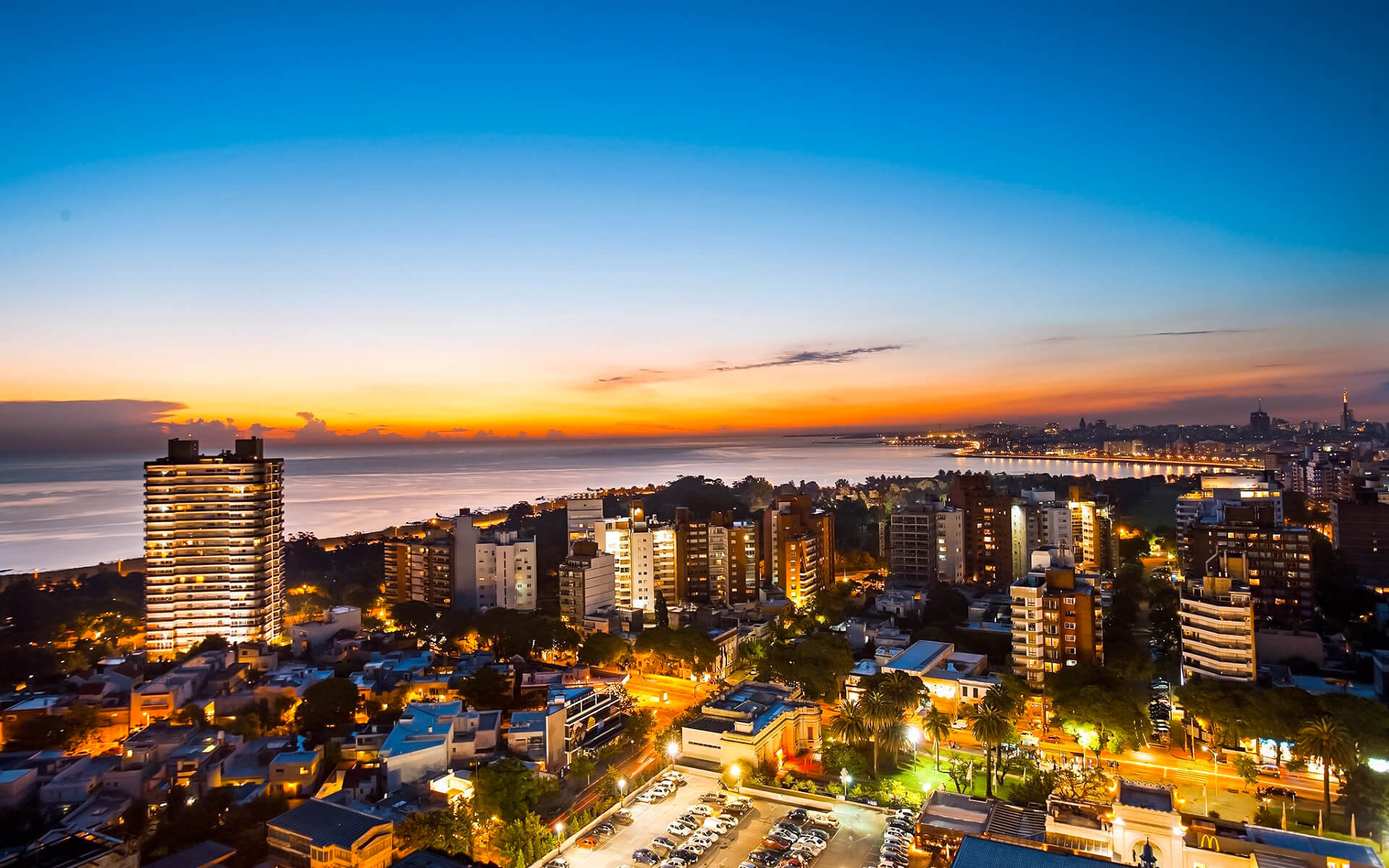Montevideo is Uruguay’s capital and biggest city. According to the 2011 census, the city proper has a population of 1,319,108 residents (almost one-third of the entire population of the nation) and occupies an area of 194.0 square kilometers (74.9 sq mi). Montevideo, the Americas’ southernmost capital city, is located on the country’s southern coast, on the northeastern bank of the Rio de la Plata.
The city was founded in 1724 by a Spanish soldier, Bruno Mauricio de Zabala, as a strategic maneuver in the middle of the Spanish-Portuguese conflict for the platine area. It was also briefly ruled by the British in 1807. Montevideo was the host city for the whole of the inaugural FIFA World Cup. Montevideo is the administrative capital of Mercosur and ALADI, Latin America’s two largest trade blocs, a position that has drawn analogies to Brussels’ role in Europe.
Montevideo has frequently been ranked as having the greatest quality of life in Latin America: by 2015, it had maintained this position for 10 consecutive years. Montevideo has the 19th biggest economy on the continent and the 9th greatest per capita income among major cities in 2010. It had a GDP of $40.5 billion in 2015 and a per capita income of $24,400.
It is a Beta World City, ranked sixth in Latin America and 73rd globally. Montevideo is ranked 8th in Latin America on the 2013 MasterCard Global Destination Cities Index as a “robust, diverse town with a vibrant cultural life” and “a booming tech hub and entrepreneurial culture.” By 2014, was ranked as the world’s ninth most gay-friendly city, and first in Latin America. It is Uruguay’s commercial and educational center, as well as its primary port. Additionally, the city serves as the financial and cultural center for a greater metropolitan region with a population of around 2 million.


